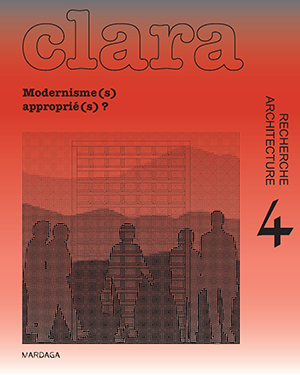Hospitalité négociée dans un hôpital abandonné. Le cas de El Elefante Blanco, Buenos Aires, Argentine Hospitalité négociée dans un hôpital abandonné. Le cas de El Elefante Blanco, Buenos Aires, Argentine
Main Article Content
Abstract
Until the 20th century, the hospital had a social and ideological function: it was a refuge for the poor, the marginalised, the old and the insane. This primary mission would wane as the hospital opened its doors to a wider population (less marginalised, more affluent) and the medicalisation of patients took precedence over their accommodation. The human dimension of the institution was overtaken by rational imperatives, leading to a technicalisation of the hospital-patient relationship. The value of hospitality is replaced by the need to treat and - potentially - cure. This relationship between the hospital institution and society must be triangulated by introducing the architectural features specific to this new hospital. Hospital architecture is not just a passive receptacle for medical and technological advances (Adams, 2008), it is also a driving force behind their development.
Que devient cette architecture singulière, monofonctionnelle, lorsque le projet hospitalier qui l’a portée vacille ?
Le présent article propose d’étudier la compétence interprétative (Hertzberger, 2010 ; 2015) de l’hôpital moderne, à partir d’une étude de cas réalisée au sein d’un hôpital inachevé de Buenos Aires (Argentine), partiellement réinvesti, depuis plus de vingt ans, par près de cent familles. Surnommé El Elefante Blanco, l’édifice est un vestige de l’architecture hospitalière monobloc. Par quelles opérations habitantes l’habiter au sein de ce paradigme fonctionnaliste de la modernité a-t-il été rendu possible ? À quelles formes nouvelles d’hospitalité cette appropriation spatiale ouvre-t-elle ?
Article Details

This work is licensed under a Creative Commons Attribution-NonCommercial-NoDerivatives 4.0 International License.

